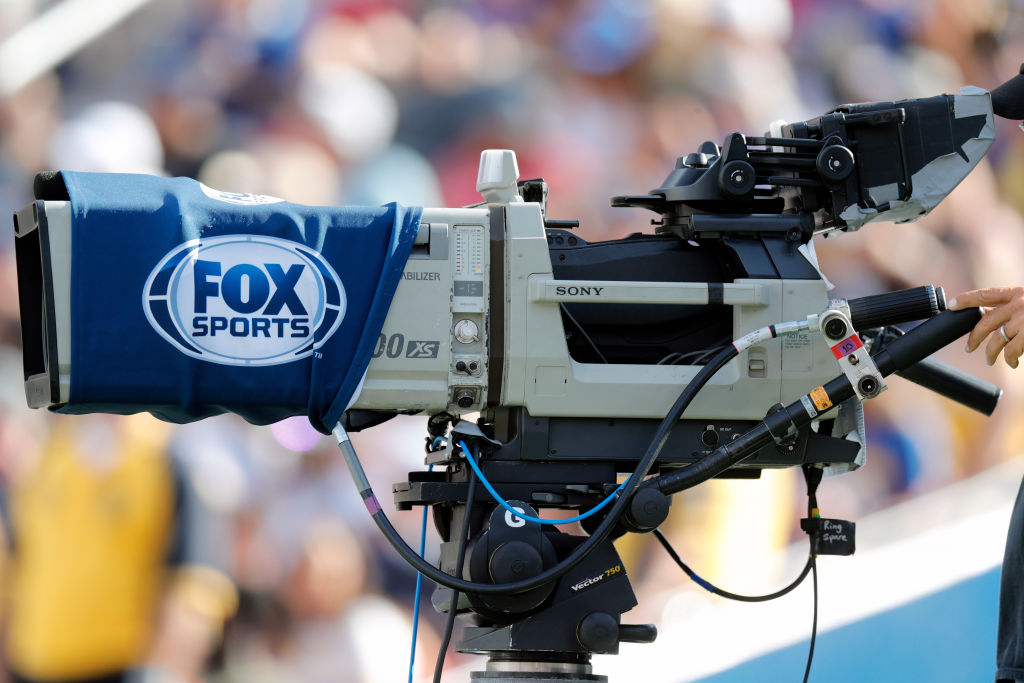Fox Sports To Launch Thursday Night Football In 4K With HDR
LOS ANGELES—Fox Sports will begin bringing 4K Ultra HD with high dynamic range (HDR) to fans of Thursday Night Football Sept. 26 when the Philadelphia Eagles play the Green Bay Packers.

Fans can access the 4K UHD HDR coverage via the Fox Sports and Fox Now apps, Apple TV 4K, select Roku devices or by tuning into various Fox Sports distributors, including DIRECTV, Altice Optimum, Comcast Xfinity, Verizon Fios, TVision and fuboTV, the broadcaster said.
Fox will produce the games in 1080p HD HDR, up-converting the production to 4K UHD HDR for viewers with 4K displays and down-converting to 720p for its HD broadcast audience, says Michael Davies, SVP Field & Technical Operations at Fox Sports.
“There is a confluence of different things that made it the right time [for 4K UHD HDR coverage of the NFL],” he says.
“The broadcast equipment we use that’s all been hypothetically capable of doing this format for quite some time is available. But I would argue that only now in a lot of cases is able to do that in such a way that standard dynamic range HD customers aren’t affected.”
To ensure its biggest audience –those watching in HD with standard dynamic range—remain unaffected by conversion from HDR to SDR, the broadcaster’s engineering team performed tests with “a variety of important colors in football,” as Davies describes it, to evaluate how jersey colors, colors on the field and those of sponsors would hold up in the conversion from HDR’s Rec. 2020 color space to SDR’s Rec. 709 color space.
The broadcaster has produced the last three Thursday Night Games in 1080p HD HDR and converted to 4K HDR as part of its internal testing to prepare for the official launch in Green Bay, next week.
Get the TV Tech Newsletter
The professional video industry's #1 source for news, trends and product and tech information. Sign up below.
Fox Sports will employ a full battery of 1080p HDR production equipment and rely on Hybrid Log Gamma (HLG) as its production HDR format. Conversion equipment installed in Game Creek Video’s Encore production truck will handle the up- and down-conversion chores.
MEETING THE DEMAND
Another factor driving the decision to go 4K UHD HDR is demand from Fox Sports distributors, says Davies. “Fulfilling those program needs is a big thing,” he says.
The broadcaster chose the 1080p HD HDR conversion approach rather than native 4K HDR production to minimize resources needed for the production, such as server capacity that would require four times the storage budget for four times the resolution, as well as to maintain the level of production viewers have come to expect, he says.
“For instance, super slow motion is one of those things that while you can do it in 4K, the options are a lot more limited to you in terms of having a lot of super slow motion cameras available,” explains Davies. “We’ve got eight, and we didn’t want to lose that super slow motion capacity.”
Most importantly, Fox Sports has the ability to up-convert to 4K UHD HDR because “up-converted 1080p looks pretty amazing, and the up-scalers do a great job,” adds Davies.
For the time being, Fox Sports will rely on the same production vehicle to produce Thursday Night Football. Doing so reduces the demands placed on the broadcaster’s engineering staff to configure multiple trucks for the conversions that are needed, says Davies.
However, as demand for 4K UHD HDR grows, so will the pressure to configure additional production vehicles with conversion capabilities similar to those on board Encore, he adds.
Davies can’t say when Fox Sports will extend 4K UHD HDR to its entire NFL lineup. However, the broadcaster is at work on “knocking down the barriers” to prepare for a time when 4K UHD HDR coverage becomes the rule rather than the exception.
Already it has produced limited Major League Soccer and MLB coverage in 4K UHD, and plans currently are coming together for similar postseason baseball coverage, he adds.
For now, however, the focus is on Thursday Night Football, and making 4K UHD HDR happen. Davies credits companies in helping to make 4K UHD HDR possible.
“We have some really good technical partners like Game Creek Video. AJA is a big, big help. Sony has been fantastic. These companies have come together to help us through this and other projects so we can get the knowledge base out there to make the next big show that needs to go to UHD a much easier kind of hill to climb,” he says.
Phil Kurz is a contributing editor to TV Tech. He has written about TV and video technology for more than 30 years and served as editor of three leading industry magazines. He earned a Bachelor of Journalism and a Master’s Degree in Journalism from the University of Missouri-Columbia School of Journalism.

